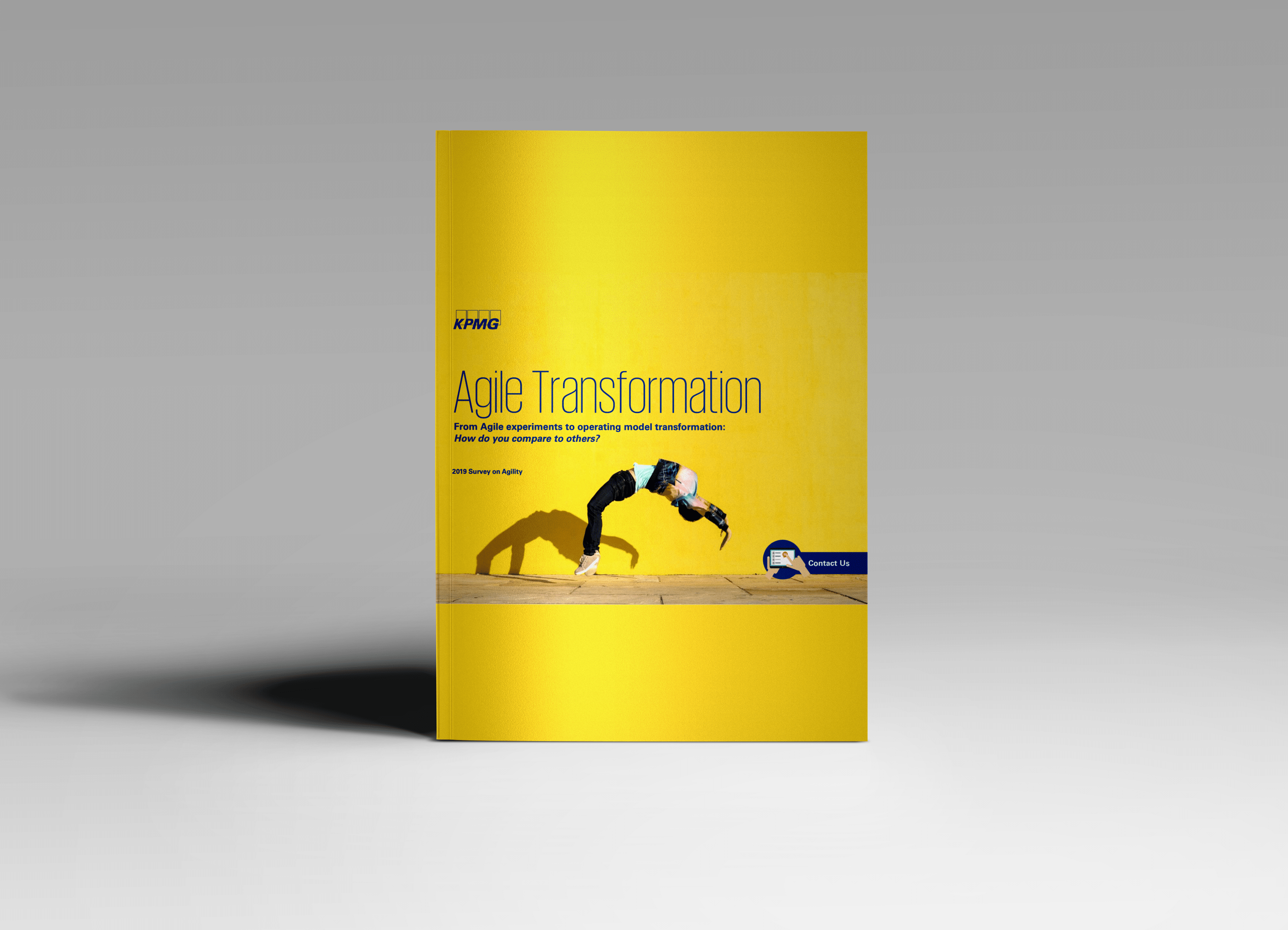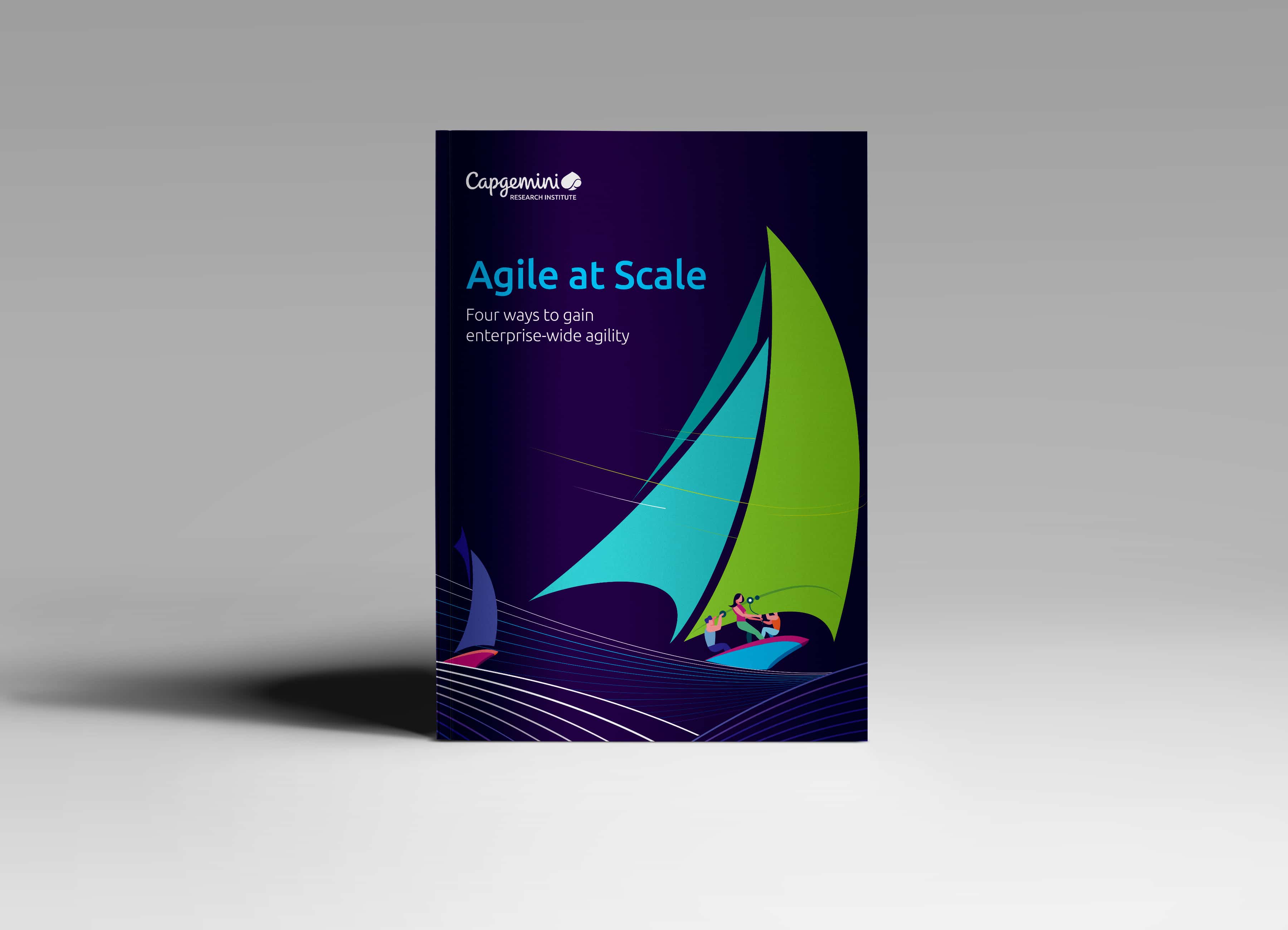Adopting agile or lean practices as with any bigger organizational change is never just about adopting new tools or practices. It’s not even about adopting an agile culture. While those things are important, if you don’t achieve better business outcomes, adopting agile is not worth the investment.
Your journey toward greater business agility starts by identifying what outcomes are most important to your company’s success. This knowledge helps you lay a foundation for making decisions about how to tailor your approach and guide your transformation to measurably show progress toward your critical business objectives.














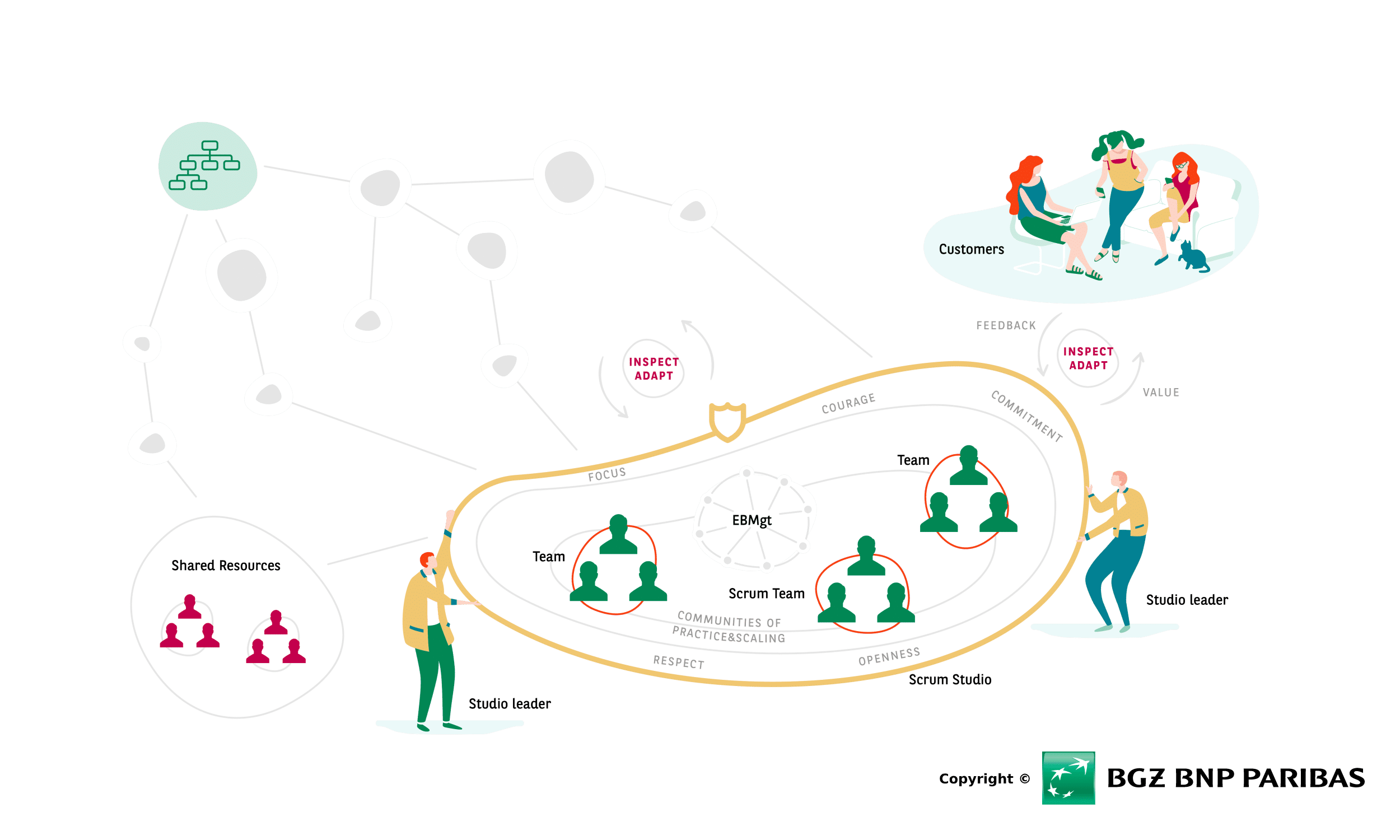
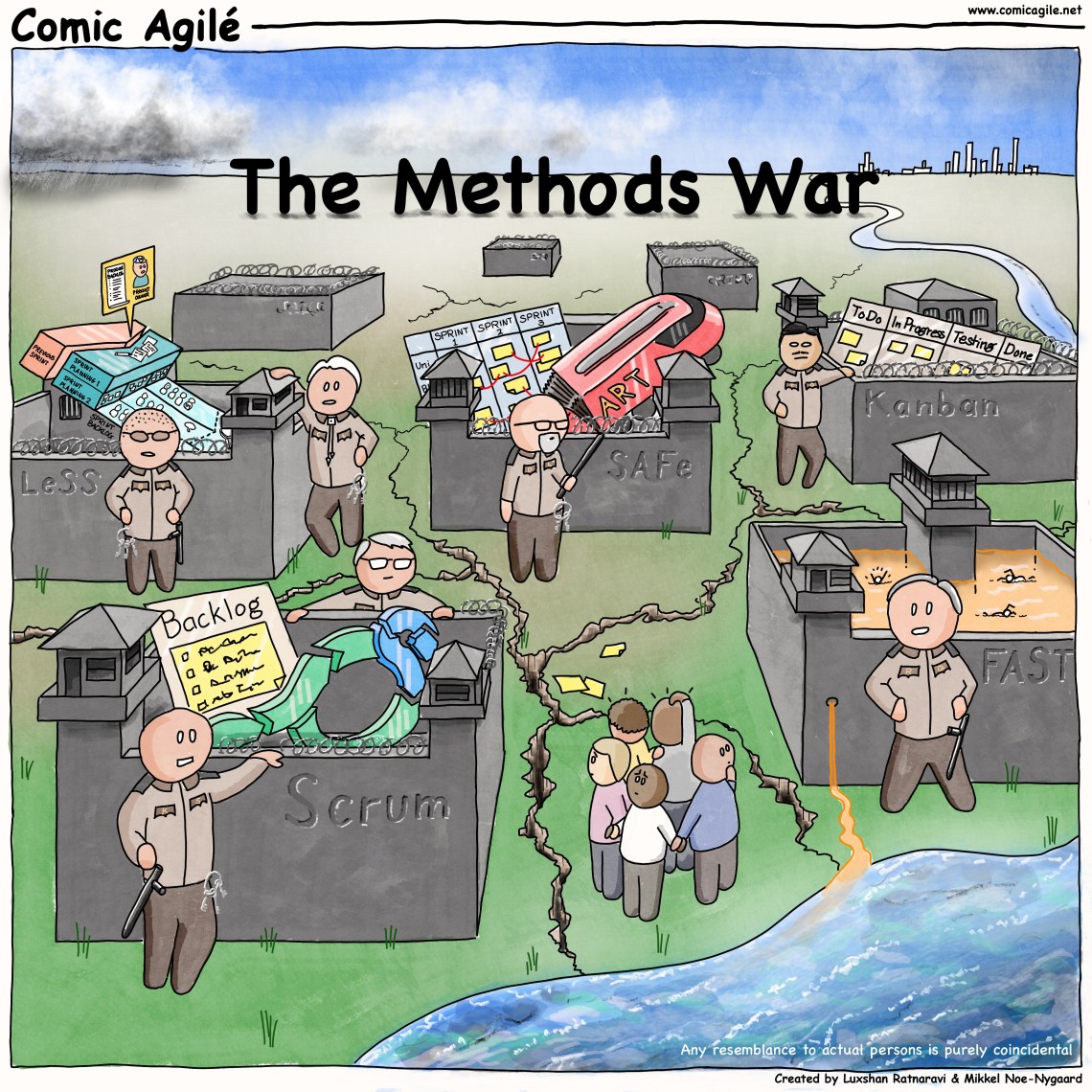
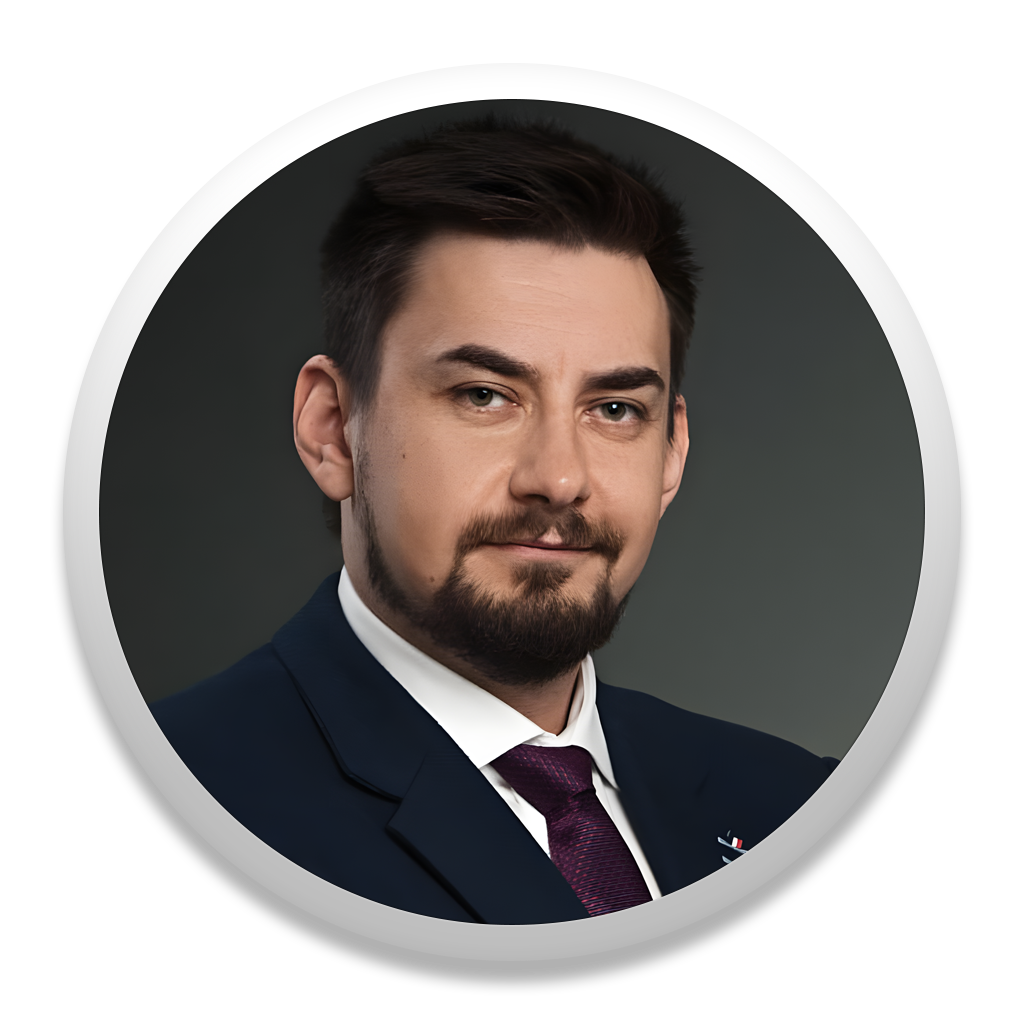
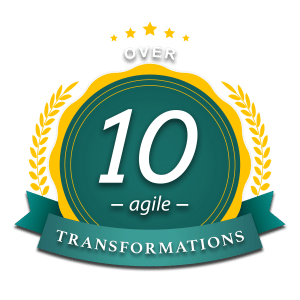
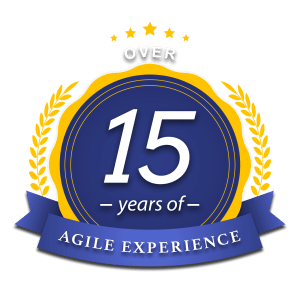
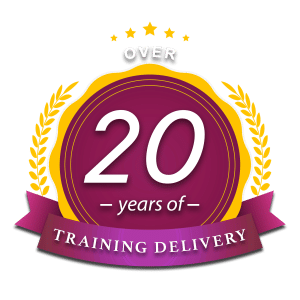
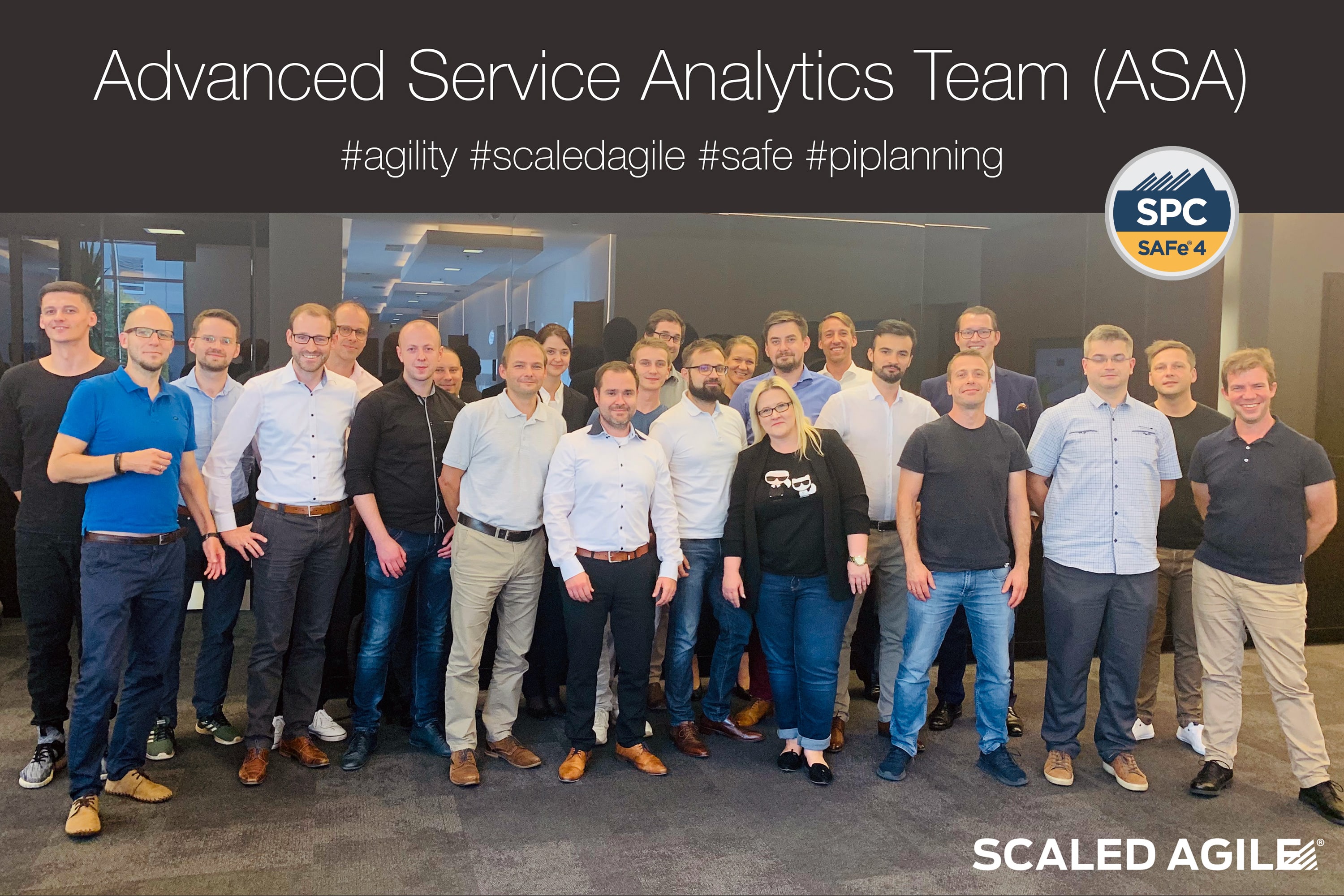
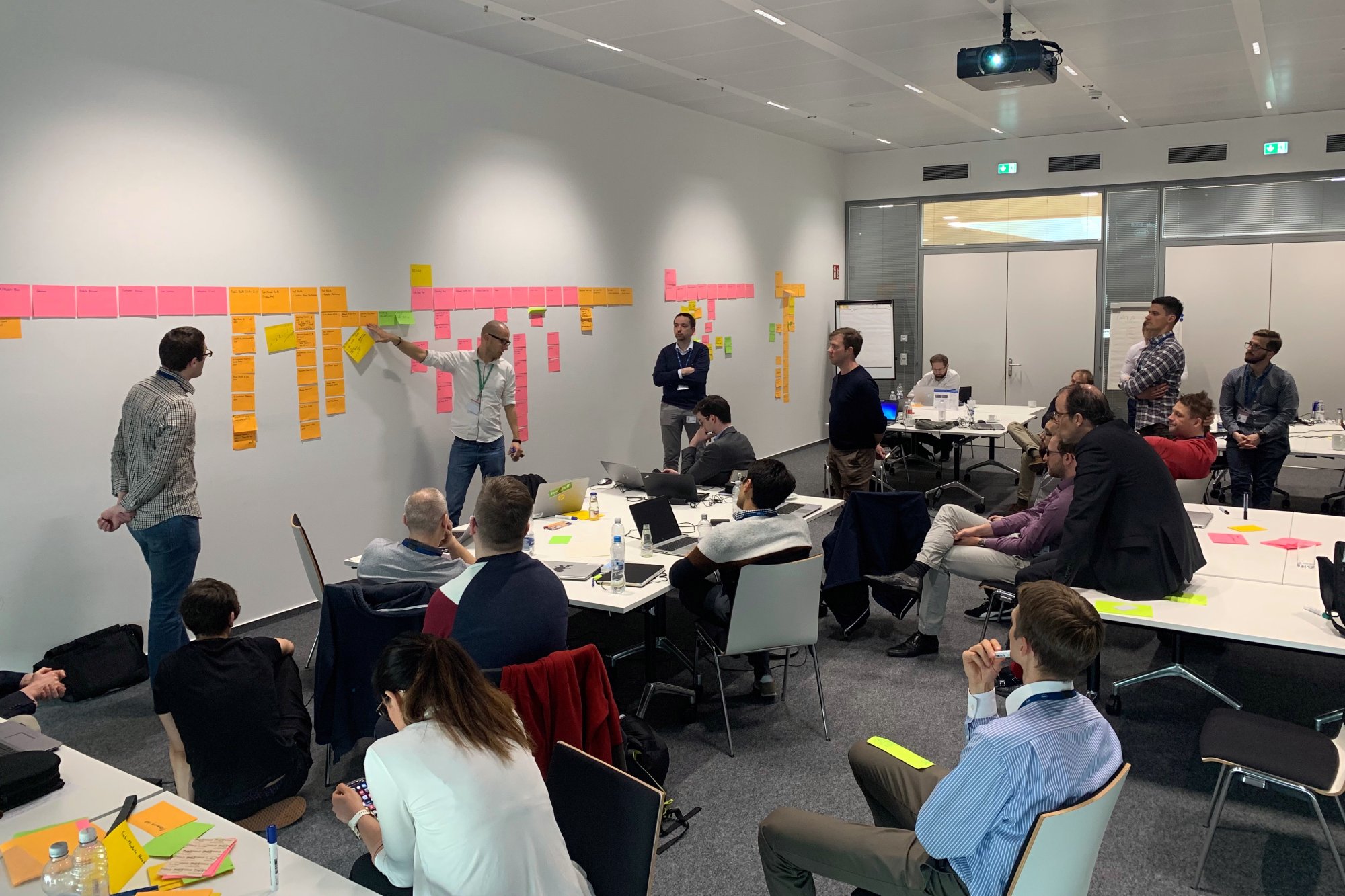

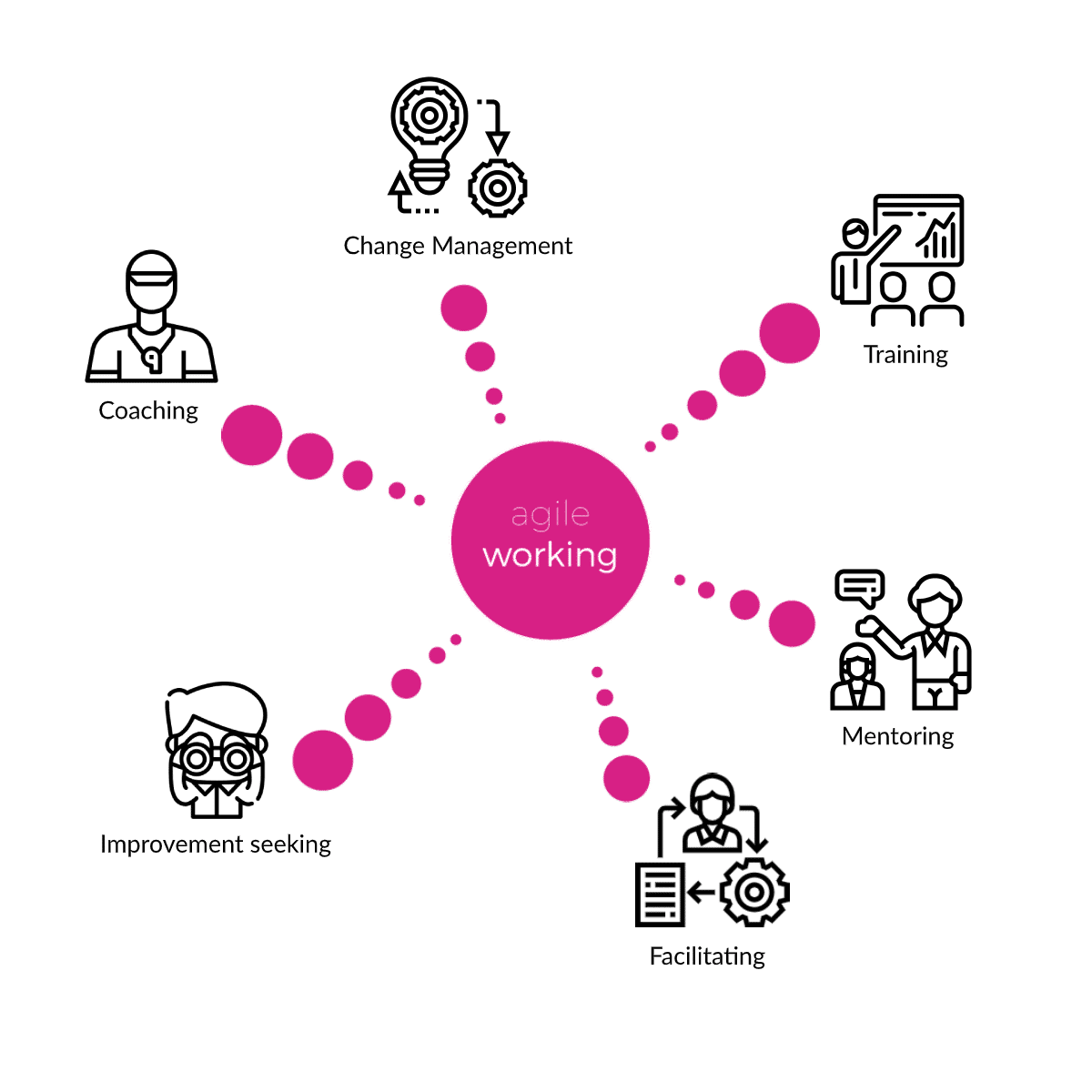
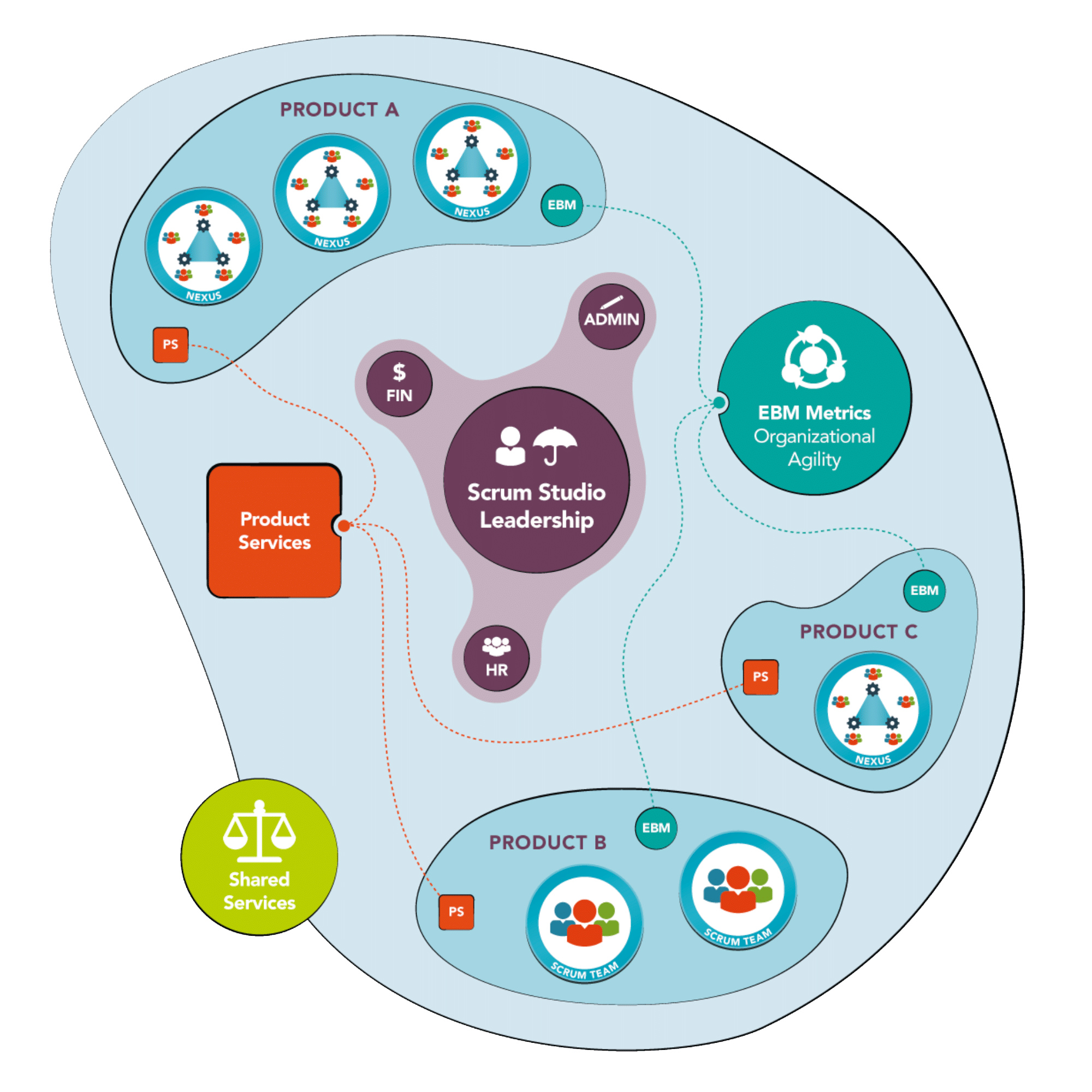
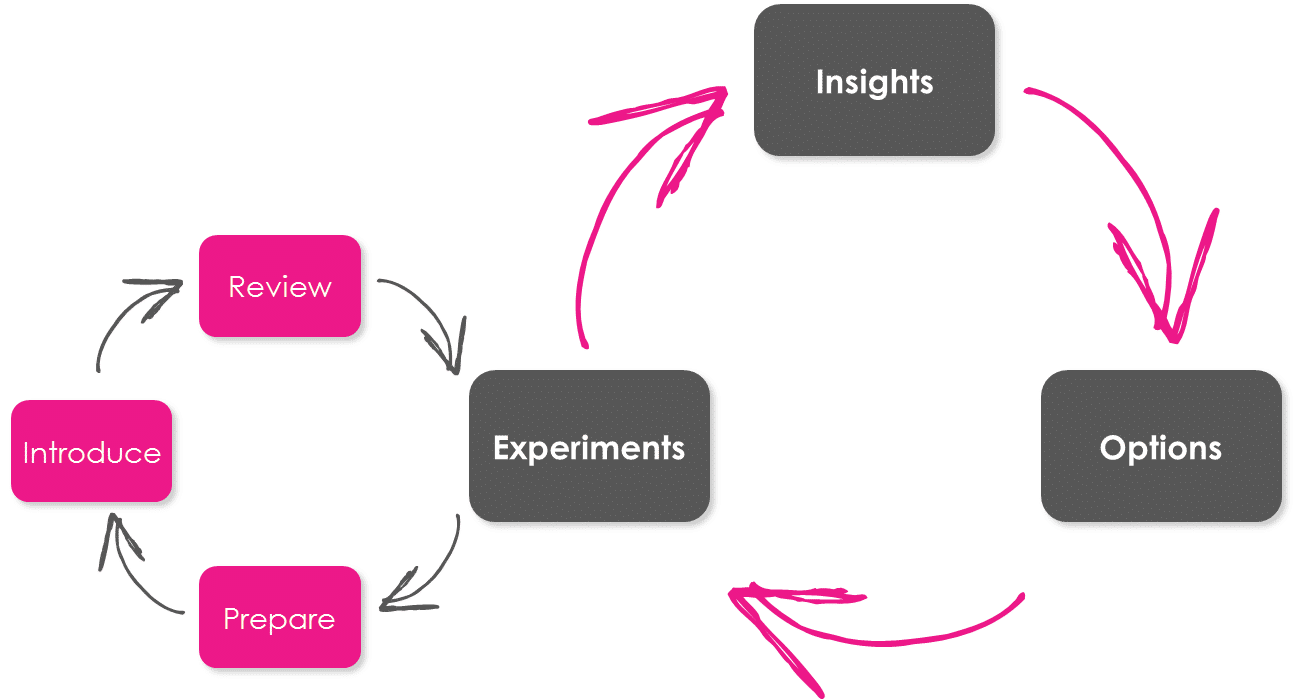
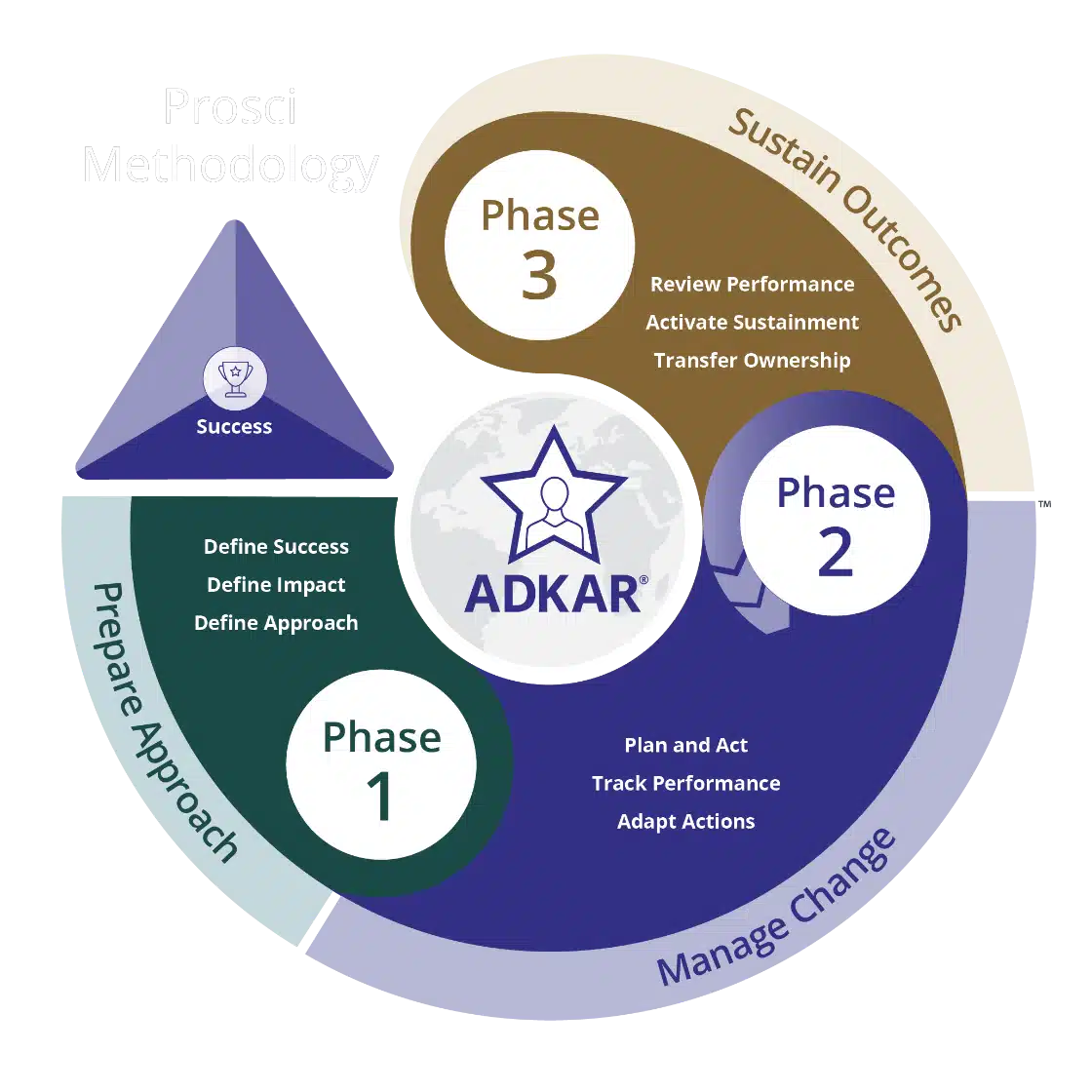
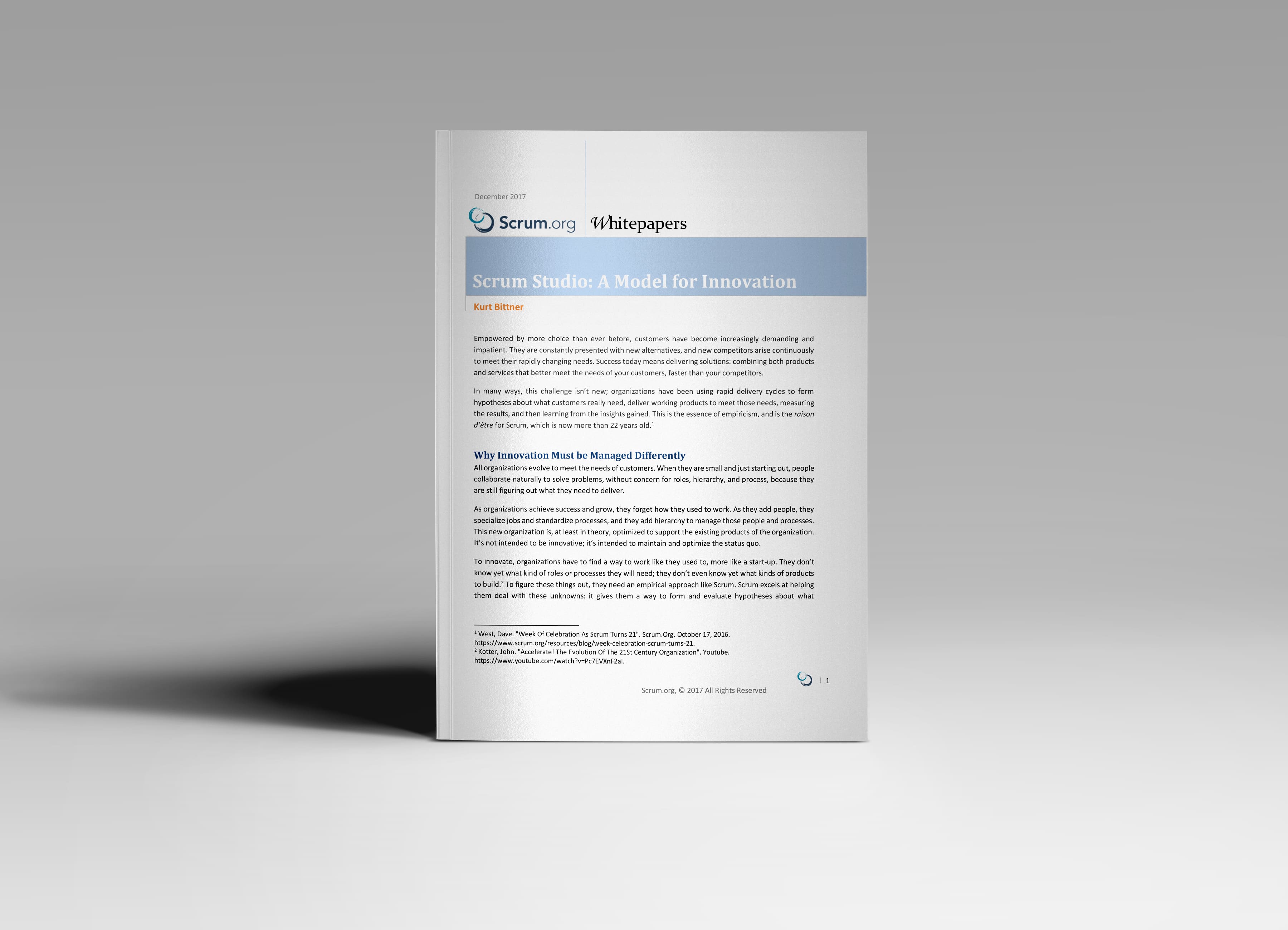
![Scrum.org Nexus Guide v1.2 [2018.01]](https://miroslawdabrowski.com/wp-content/uploads/2018/02/Scrum.org%20Nexus%20Guide%202018.01%20v1.2.jpg)
![Scrum@Scale Guide [2022.02]](https://miroslawdabrowski.com/wp-content/uploads/2024/01/Scrum@Scale-Guide-2022.02-1.jpg)
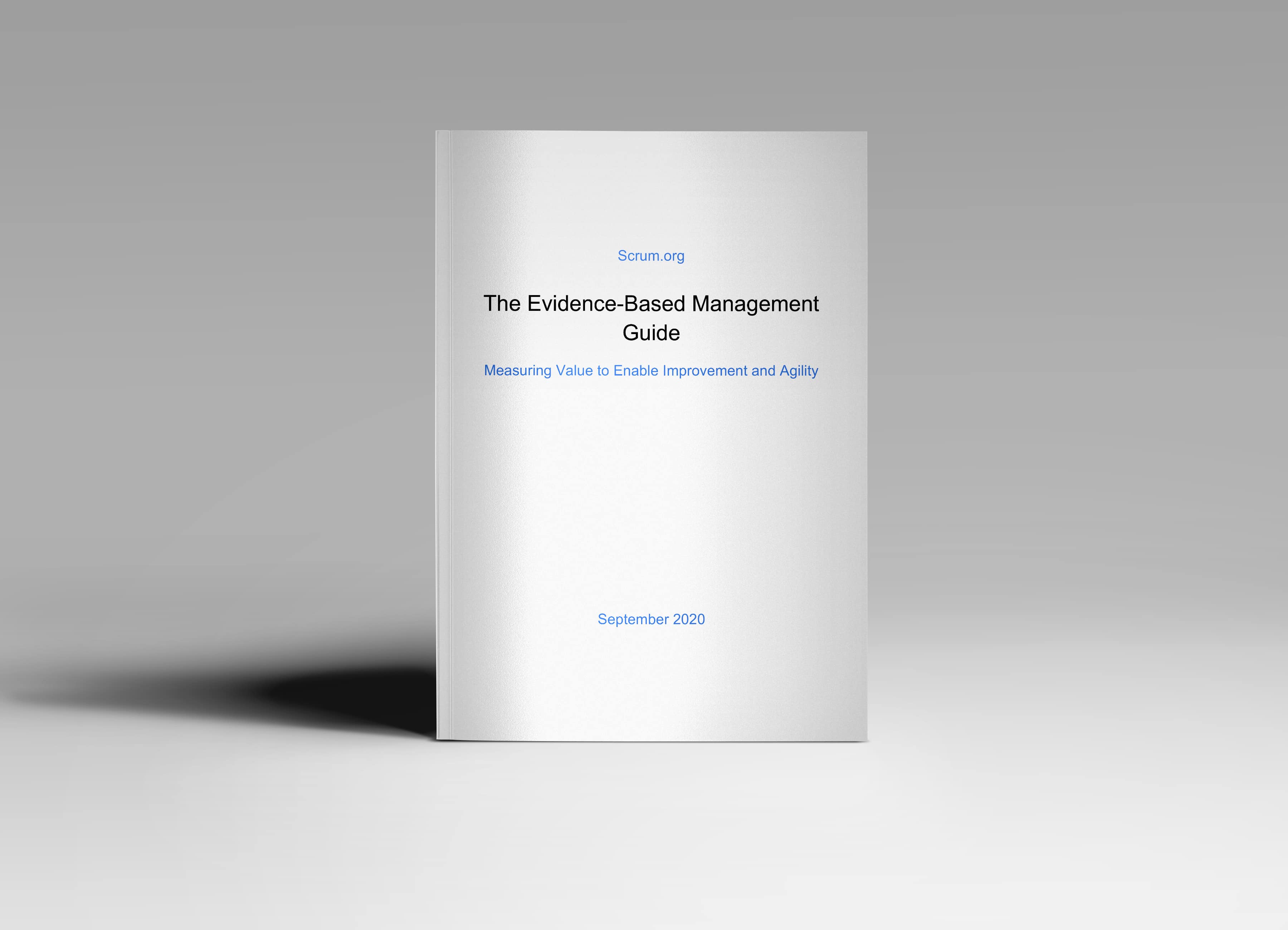
![The 8 Stances of a Scrum Master Whitepaper v2.0 [2017.05]](https://miroslawdabrowski.com/wp-content/uploads/2017/10/The%208%20Stances%20of%20a%20Scrum%20Master%20Whitepaper%20v2.0%20%5B05.2017%5D.jpg)
![Scrum Guide [2020.11]](https://miroslawdabrowski.com/wp-content/uploads/2024/01/Scrum-Guide-2020.11.jpg)
